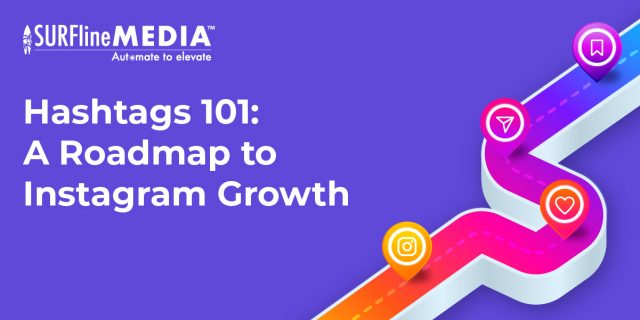
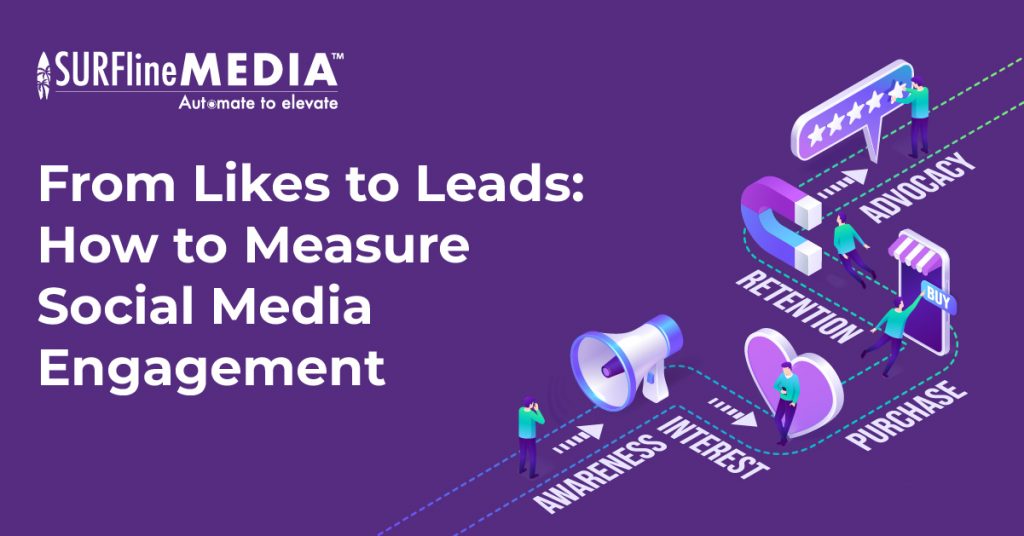
- August 17, 2023
- 9:00 am
- No Comments
How to Measure Social Media Engagement: From Likes to Leads
In today’s digital landscape, social media has become a powerful platform for businesses to connect with their audience and drive meaningful results. However, measuring the impact of social media engagement goes beyond counting likes and followers. It involves understanding the metrics that truly matter, analyzing user interactions, and refining strategies to turn engagement into valuable leads. In this blog, we will explore the step-by-step process of how to measure social media engagement.
How to Measure Social Media Engagement: The Role of Engagement in CRM
The role of engagement in building customer relationships is crucial in today’s landscape, especially with the advent of social media. Customer relationship management (CRM) refers to the practices to manage and analyze interactions and data throughout the customer lifecycle. It encompasses various activities aimed at nurturing and strengthening customer relationships.
An integral part of CRM is the automation system, which streamlines and enhances customer engagement processes. According to HubSpot, businesses that actively engage with their customers on social media experience a 20% increase in customer retention. The significant impact of engagement in fostering enduring customer relationships is undoubtable. Furthermore, being able to leveraging CRM automation systems will effectively manage and enhance customer interactions.
How to Measure Social Media Engagement: 5 key steps
1. Setting Measurable Goals
Setting measurable goals is a crucial initial step when it comes to how to measure social media engagement. By establishing clear and measurable objectives, you provide a framework for assessing the effectiveness of your social media efforts. This approach enables you to make data-driven decisions and continuously improve your engagement strategies.
To begin, you should identify specific objectives for engagement by asking what you aim to achieve through your social plan. Are you looking to increase brand awareness, drive website traffic, generate leads, improve customer satisfaction, or boost sales? By clearly defining your objectives, you set the stage for effective measurement.
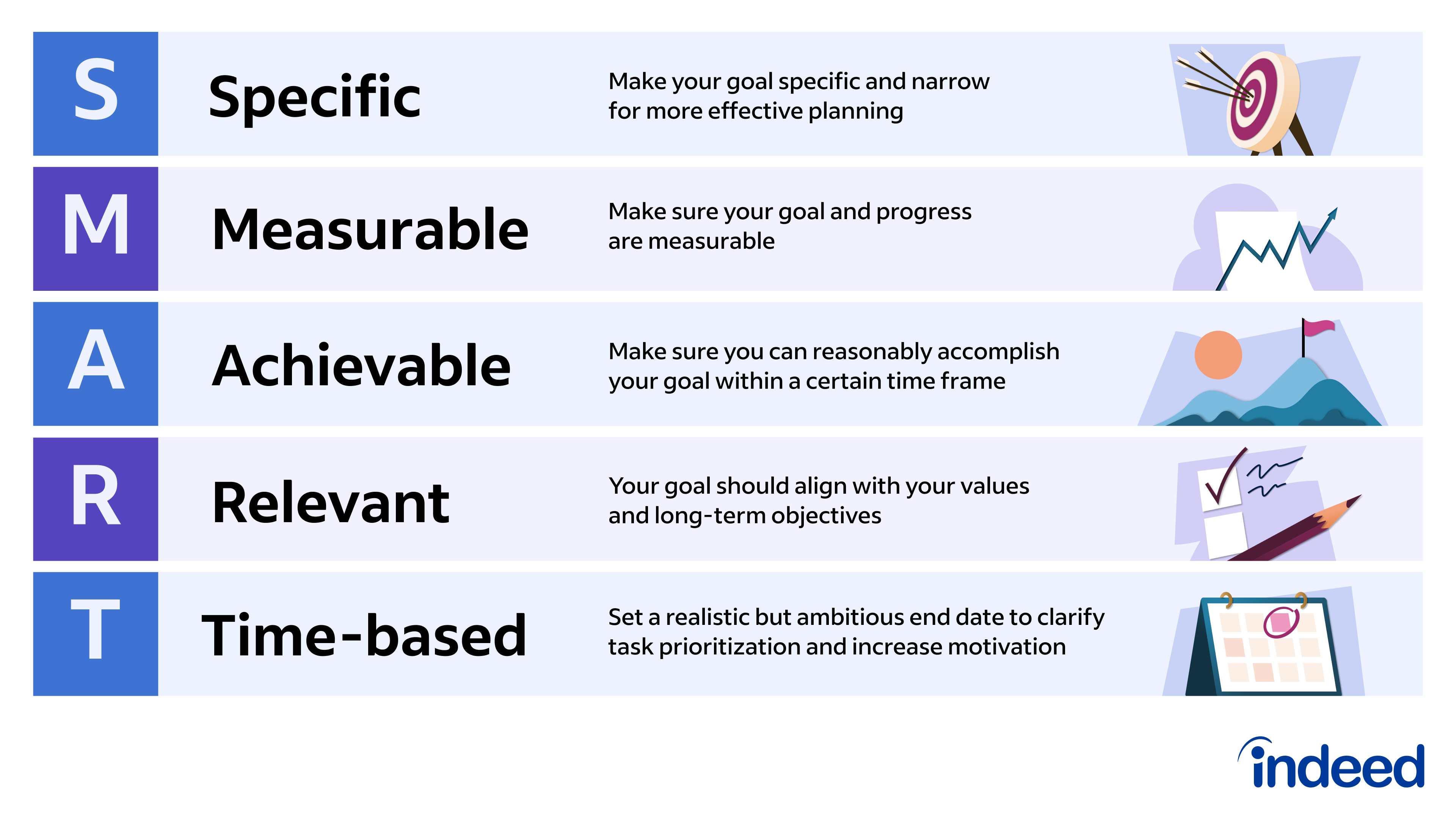
Image: SMART goals (source: Indeed)
Once you have identified your objectives, it is essential to make your goals specific, measurable, attainable, relevant, and time-bound (SMART). This means ensuring that your goals are clearly defined, quantifiable, realistically achievable, aligned with your overall business goals. By applying the SMART framework to your goals, you create a roadmap that allows for focused tracking and evaluation.
2. Evaluating Reach and Impressions
Reach and impressions are key metrics that provide insights into the visibility and potential impact of your social media content. Understanding these metrics allows you to gauge the extent to which your content is being seen and frequently displayed.
Firstly, you should look for metrics related to reach and impressions, which are typically included alongside other engagement metrics. Major platforms like Facebook, Twitter, and LinkedIn offer built-in analytics tools that provide valuable data on reach and impressions.
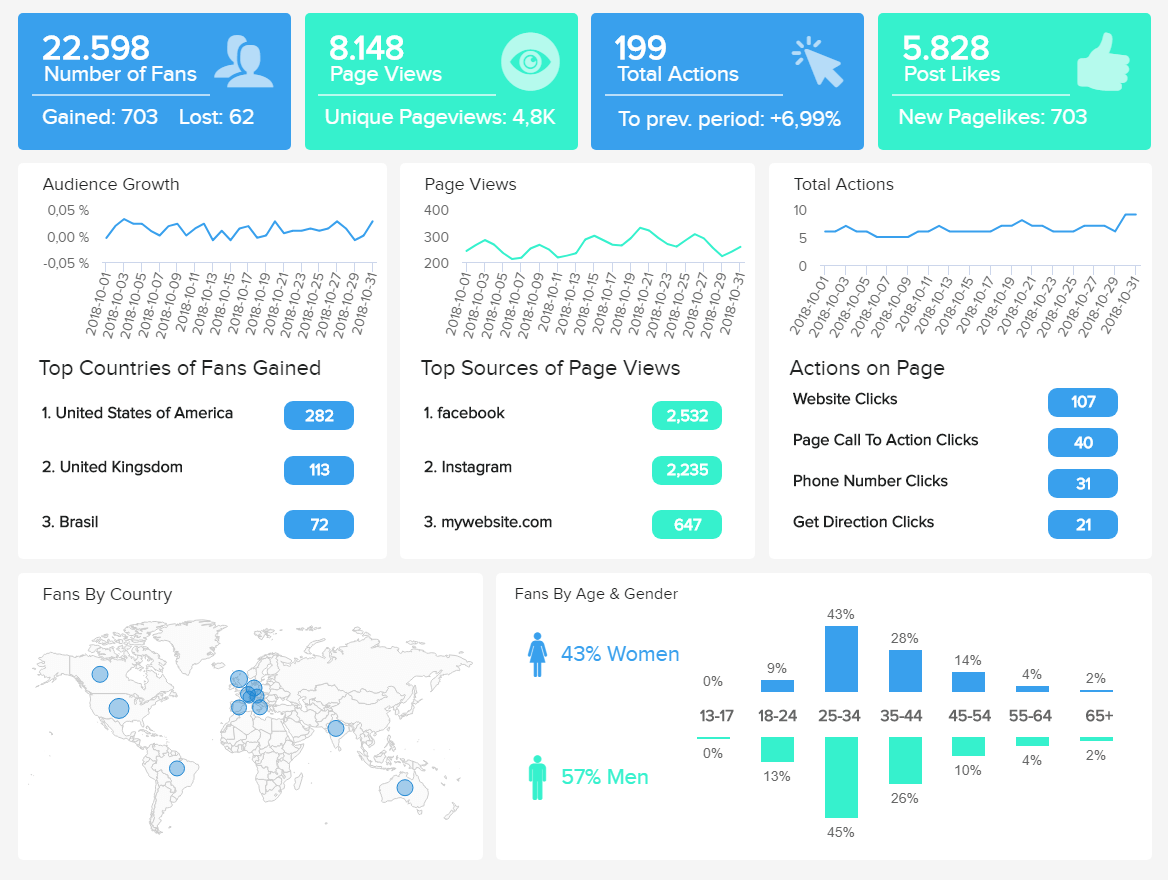
Image: Facebook KPIs monitoring dashboard example (source: Datapine)
When evaluating reach and impressions, it’s important to distinguish between the two. Reach measures the unique individuals who have seen your content. Meanwhile, impressions reflect the total number of times your content has been displayed, including multiple views by the same person. This differentiation is crucial in understanding the breadth of your content’s visibility.
A high reach indicates that your content is reaching a larger audience, which contributes to increased brand awareness and engagement. On the other hand, impressions provide insights into the frequency of exposure, showing how often your content is being viewed.
3. Tracking Click-Through and Conversion Metrics
Tracking click-through and conversion metrics is a crucial step in how to measure social media engagement. While reach and impressions provide insights into the visibility of your content, click-through and conversion metrics delve deeper into the actions taken by your audience.
To track click-through and conversion metrics, you need to utilize analytics tools and set up appropriate tracking mechanisms. Implement UTM parameters in your social media URLs or install conversion tracking pixels on your website. Then, utilize analytics tools like Google Analytics or platform-specific analytics to monitor the performance of your click-through and conversion metrics.
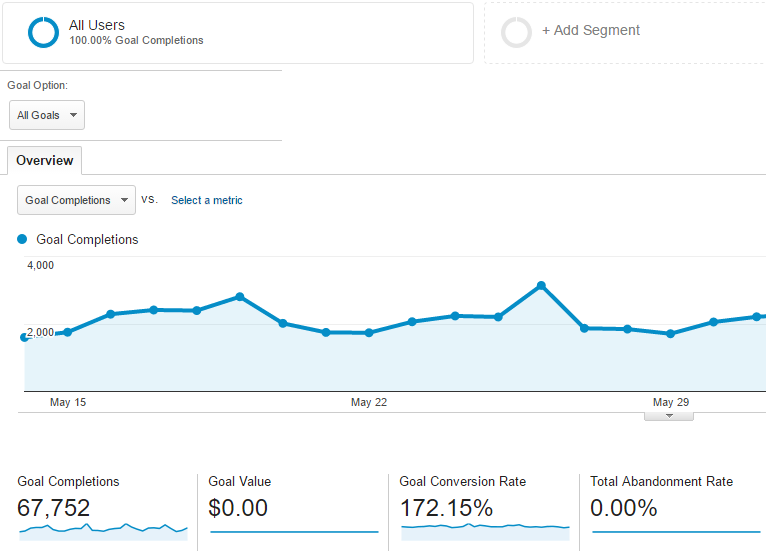
Image: Google Analytics dashboard (source: Online metrics)
Another method is by using conversion tracking pixels or codes provided by advertising platforms. These tracking codes are placed on your website and allow you to track specific actions. These actions can include form submissions, purchases, or newsletter sign-ups, that occur as a result of social media engagement.
Click-through metrics indicate the number of users who click on your social media posts and subsequently visit your website. These metrics help you understand the level of interest generated by your content and the effectiveness of your calls-to-action. Examples of click-through metrics include click-through rate (CTR), average session duration, and bounce rate.
Conversion metrics, meanwhile, provide insights into the actions taken by your website visitors as a result of social media engagement. These actions can range from making a purchase to filling out a contact form or subscribing to a newsletter. Examples of conversion metrics include conversion rate, number of leads generated, revenue generated, or goal completions.
4. Analyzing Interaction Metrics
Besides reach, impressions, click-through and conversion, interaction metrics delve deeper into the level of engagement with your social media posts.
To analyze interaction metrics, marketers should utilize the analytics tools provided by social media platforms. These tools offer insights into various engagement metrics, such as likes, shares, comments, retweets, and mentions. Platforms like Facebook, Instagram, Twitter, and LinkedIn provide detailed analytics dashboards that offer insights into interaction metrics.
When analyzing interaction metrics, pay attention to the specific metrics that reflect different types of engagement. Likes or reactions indicate general interest or approval. Shares demonstrate content resonance and amplification. Comments signify active engagement and conversation. And mentions or retweets reflect the extent to which your content is being shared and acknowledged by others.
To get the most comprehensive view of your engagement, consider analyzing these metrics across different posts, or time periods. Identify patterns, trends, and variations to discern what types of content and strategies drive higher levels of engagement.
5. Compare and Benchmark
Comparing and benchmarking your social media engagement is a crucial step in how to measure social media engagement. This step also gains insights into your performance relative to industry standards or competitors.
Identifying the metrics that are most relevant to your business’s objectives and goals is the most crucial step. These metrics could include reach, impressions, engagement rate, click-through rate, or conversion rate. Notably, each business can have different metrics due to different maturity and phases.
Knowing your goals, you can conduct an internal comparison by analyzing your current performance against your past performance. By looking for trends or changes over time, you will understand if your strategies and efforts are yielding positive results.
Next, consider industry benchmarks that provide context for your performance. Look for research reports, studies, or social media management tools that offer benchmark data specific to different industries and platforms. By comparing your metrics against these benchmarks, you can understand how well you are performing relative to others.
For example, if your engagement rate on Instagram is 3% and the industry benchmark for your sector is 2%, it indicates that you are outperforming the average and have a higher level of engagement.
Furthermore, conducting a competitor analysis is valuable in comparing and benchmarking your social media engagement. Analyze the social media performance of your competitors or similar businesses in your industry. Look for their engagement metrics and compare them to yours. This analysis can provide insights into industry best practices, identify areas where your competitors excel, and help you discover opportunities for improvement.
Conclusion about how to measure social media engagement
In conclusion, measuring social media engagement is essential for making informed decisions to drive better results. Surfline Media’s social media marketing service serves as a great example of the importance of measuring engagement. We have been able to build strong connections with our clients’ audience and achieve meaningful results. Visit our website and contact us to change your social media performance today!

